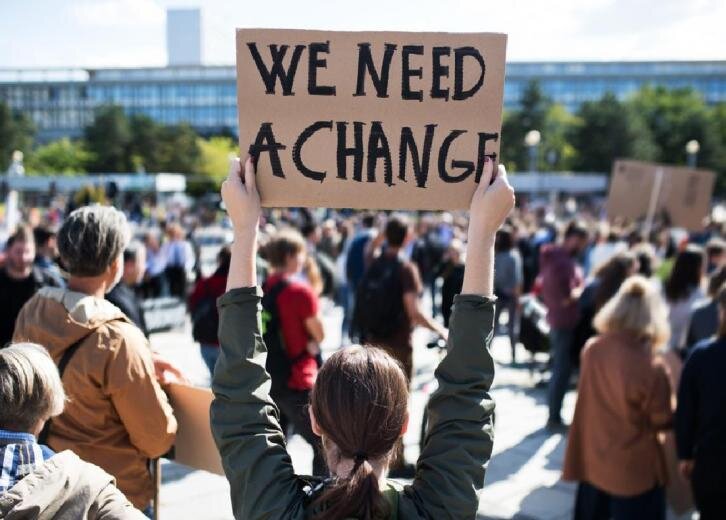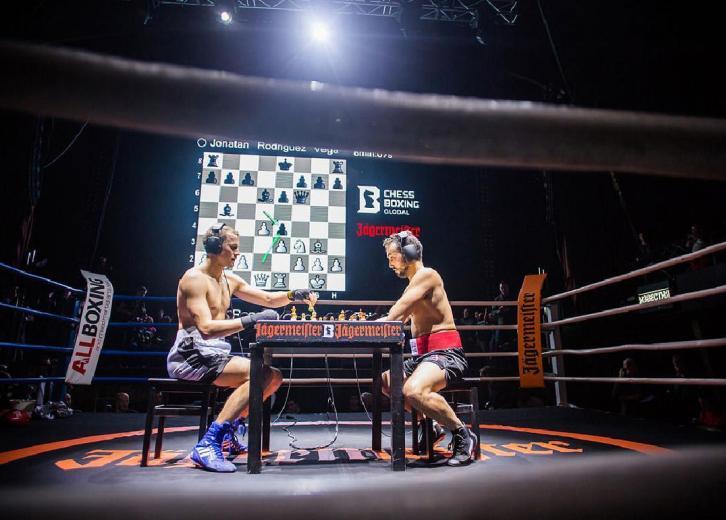Phil Roeder / Wikimedia Commons
By Nicole Caldwell for Stacker
George Floyd, a 46-year-old Black man, died on May 25 of asphyxiation when a white Minneapolis police officer knelt on Floyd’s neck for 8 minutes and 46 seconds. The protests that erupted in the wake of Floyd's death serve to shine a light on centuries of police violence against Black Americans dating back to slave patrols in the 17th-century South.
The civil action that began in Minneapolis has not only grown to global proportions; it has also spurred significant, sweeping changes in police departments around the U.S., inspired new standards for NASCAR events, and even caused tech giant IBM to rethink some of its ongoing projects.
Stacker compiled a list of changes occurring around the country in the weeks since Floyd died, using local and national news sources. In addition to examples posted in the forthcoming gallery are other, perhaps smaller, instances occurring in American culture day by day. These include HBO Max pulling “Gone With the Wind” from its catalog of movies and the TV show “Cops” being yanked after 33 seasons.
It would have been unthinkable in 2019 for a pandemic to wash ashore on American soil and shut down the biggest world economy. So too would it have been seemingly impossible for 2020 protests to dismantle police departments around the U.S.—from reducing their funding and reinvesting in local communities to banning chokeholds. The George Floyd protests, which have breathed new, energetic life into the growing Black Lives Matter movement, serve as touchstones of the power of the American people to enact change from the voting booth to the streets. Keep reading to discover some of the many changes that have been put into place since Floyd’s death in May.














